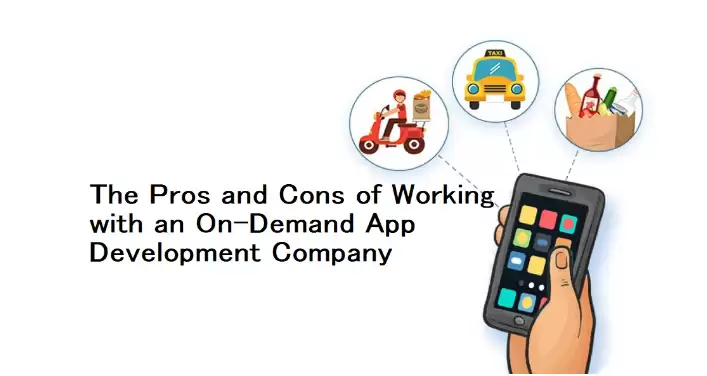Text-to-voice application programming interfaces have fundamentally altered how companies communicate with their customers, making possible a digital environment that is both more interesting and easier to navigate. By converting written information into spoken words, these technologies make the material simpler to comprehend, which is especially helpful for users with visual impairments or who are always on the go. This article is an introduction to Text-to-Speech APIs and a discussion of their advantages.
Understanding Text-to-Speech APIs
Text-to-Speech APIs use cutting-edge technology to transcribe written text into spoken language. This cutting-edge innovation is a potent instrument easily included in many platforms, applications, or systems to offer strong text-to-voice capability. They support various languages and dialects, making them suitable for a worldwide audience. In addition to helping those with trouble reading or visual impairments, these APIs also provide an audio version of the information for people who would rather listen than read. Therefore, text to voice API improves the user experience and play a crucial role in making digital communication more accessible to those with all types of communication needs.
Ease of Integration
One of its primary benefits is the ease with which Text-to-Speech APIs can be integrated. A well-designed API makes it simple for programmers to add new functionality to websites, apps, and other digital platforms without overhauling the underlying code. The integration procedure is often made easier with the help of detailed documentation with these APIs. This guarantees that API implementation is straightforward for developers, cutting down on integration hassles. An additional degree of convenience and adaptability is provided by the fact that many of these APIs support several programming languages. As a result, Text-to-Speech APIs promote efficient and user-friendly digital solutions and offer essential functionality by simplifying the development process.
Enhancing Accessibility
Improve the usability and accessibility of digital information for a wider audience using text-to-speech APIs. Users with low vision or literacy can benefit greatly from them since they can listen to the material instead of reading it. This delivery method can make the content more interesting and accessible to consumers. Businesses can show they care about diversity and inclusion by meeting accessibility requirements and using Text-to-Speech APIs. This can help them reach a wider audience, especially those with trouble reading standard text. Text-to-Speech application programming interfaces do more than improve the user experience; they also help create a more level playing field in the digital world.
Facilitating Multitasking
The ability to multitask efficiently is a huge benefit in today’s fast-paced environment. The freedom to listen to material while doing other things is exactly what text-to-speech APIs aim to provide. This cutting-edge innovation greatly enhances the ability to ‘listen’ to written stuff. For instance, people can keep updated without interrupting their commutes by listening to articles, emails, or reports. They can also read vital materials while working out or doing tasks around the home. Users can remain productive and current despite their hectic schedules because of the material they consume and the simplicity with which they can integrate it into their everyday lives. So, it’s clear that Text-to-Speech APIs are a must-have for today’s time-starved, multitasking user.
The Versatility of Use Cases
Text-to-speech APIs are a powerful tool for boosting user engagement and convenience and have a wide range of potential uses across various industries. These APIs, for instance, can be used to power the voice answers of virtual assistants, giving these digital aids a more human-like interaction experience. They can also be used by media outlets to read aloud material like news stories or blog entries, giving readers more options for how they take in information. Using Text-to-Speech APIs, GPS devices can speak turn-by-turn instructions aloud, freeing the user’s hands to steer. In addition, eLearning systems can use these APIs to provide aural material for learners of various types. As a result, there is a wide range of ways in which digital experiences in many fields might benefit from using Text-to-Speech APIs due to their adaptability and generalizability.
Improving User Engagement
When dealing with lengthy material or complicated information, listening might be a more interesting option than reading. Text-to-speech APIs play a crucial role in facilitating this shift from static text to dynamic, readily consumable audio. These APIs provide an audio layer to information, making it more engaging, immersive, and pleasurable to consumers throughout the experience. Because listening helps with memory and understanding, this additional involvement can do more than just improve the user experience. Businesses can better accommodate a wide range of customers and their preferred methods of information consumption by providing audio versions of their material. As a result, text-to-speech APIs have great potential for boosting user participation, pleasure, and content retention.
Conclusion
Regarding improving digital content accessibility, convenience, and engagement, text-to-speech APIs are at the forefront. They uncover many advantages for companies and individuals by easing integration, expanding accessibility, enabling multitasking, providing flexible use cases, and boosting user engagement. Embracing such advanced technology is crucial in the digital age to create a more inclusive and user-friendly online environment for everyone. Text-to-Speech APIs can be a game-changer, opening the door to a more inclusive and engaging digital experience.











